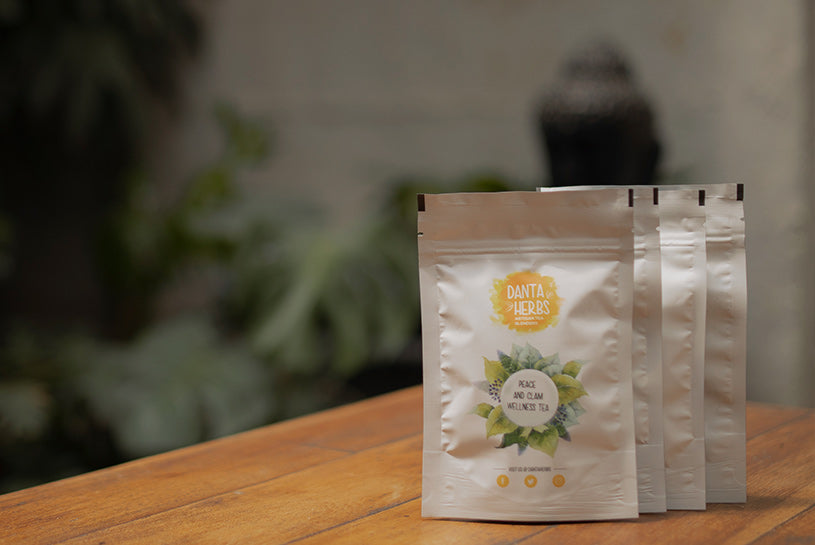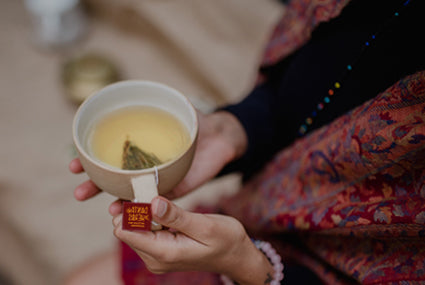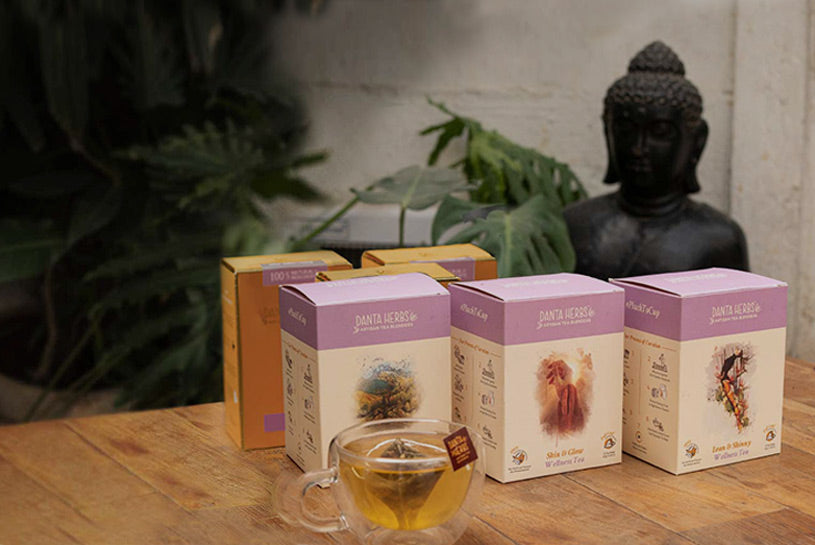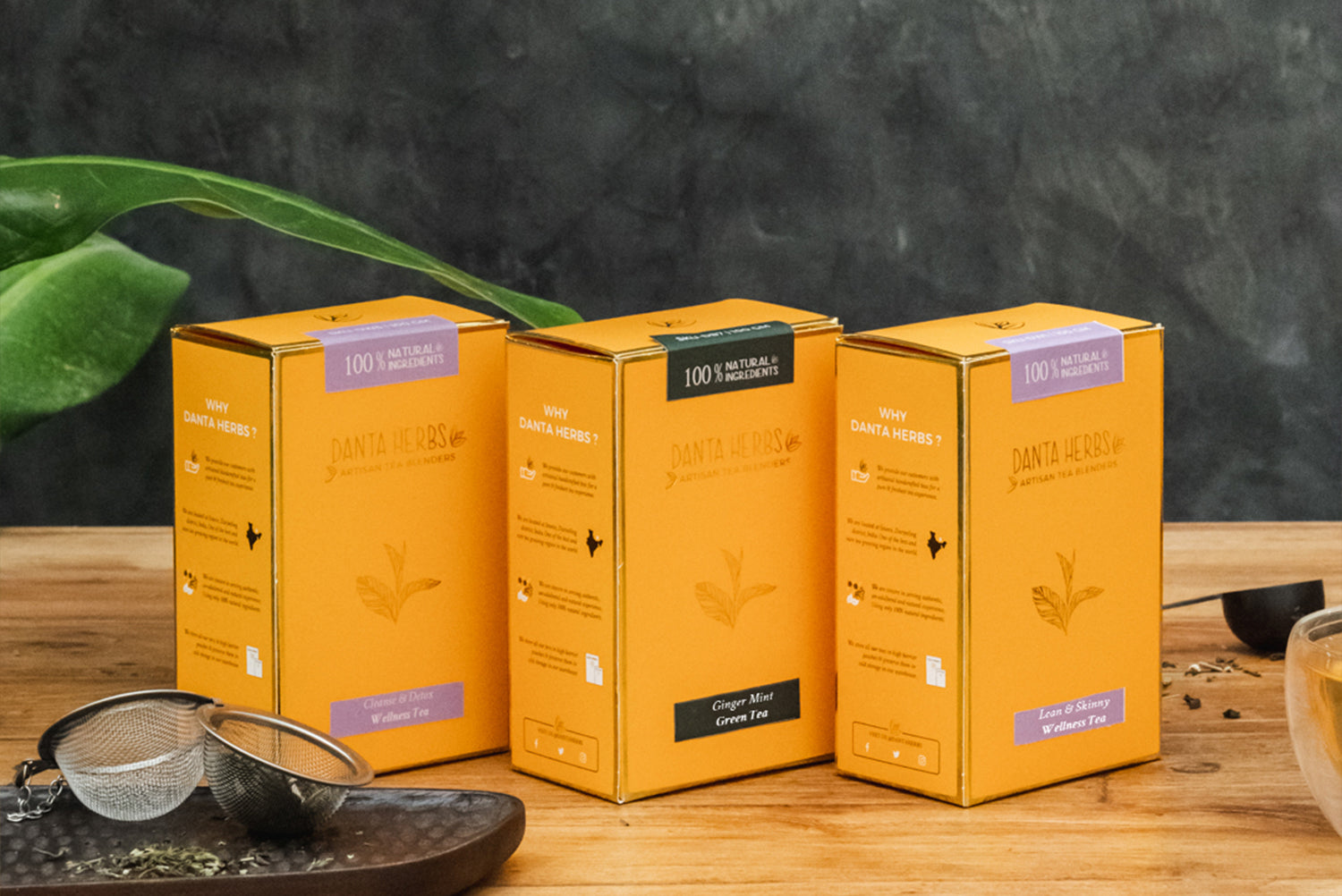Learn about interesting tea cultures around the world
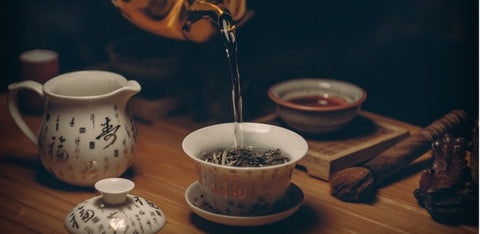
China
For Chinese people, tea is very much a way of life. With each changing dynasty, the preparation and use of tea evolved, from solid cakes of compressed tea to loose-leaf beverages. The most popular type of tea is green, followed by oolong and pu-erh(fermented tea).
The practice of serving tea is ritualised in the gong fu tea service, a tradition that has continued to thrive in modern times. As part of the ceremony, tea is passed around for participants to admire its appearance, aroma, and quality. The process involves selection of tea leaves, brewing to perfection, appreciating the tea and consuming it in three sips. Once the tea leaves have been brewed several times, the used tea leaves are placed in a bowl and shown to guests who compliment the tea’s quality. The tea ceremony is officially complete with this step. “Cha Doa” refers to the art of making tea and is closely linked to Daoism and Chinese philosophies of balance, harmony, fulfilment and enjoyment.
Japan
Tea was introduced to Japan during the 12th century by Chinese monks and Zen Buddhists, who taught Japanese priests the philosophical appreciation of the simple beverage. Japanese regarded drinking tea as an art, emphasising the beauty in simplicity and the appreciation of the moment, incorporating the many ideals of Zen Buddhism into the practice. The Japanese tea ceremony is called Chanoyu (translated as ‘way of tea’), in which matcha powder is used to brew a frothy, ethereal tea. The traditional tea ceremony is conducted in formal occasions and weddings. matcha tea is accompanied with sweet meats that are to be consumed before drinking the tea. The formal ceremony requires for the servers to be dressed traditionally.
Even today, matcha is prepared in the same way as it was in the 12th century, it is essentially dried to the point where it can be ground into a fine, bright green powder to then made into a drink.
India
Tea is perhaps the most popular beverage and is the national drink of India. Chai sellers and vendors (known as Chaiwallahs) are a common sight, with their stalls which line the streets across the country. India is the second largest producer of tea in the world today. Initially, Britain attempted to cultivate Chinese tea bushes in India, which proved largely unsuccessful due to differences in climate (except for the region of Darjeeling in the Himalayas). It was soon discovered that India already had its own indigenous tea bush that grew in Assam Valley in Northeastern India. Although India never developed the highly elaborate tea rituals like those of China or Japan, tea was still very much a part of everyday life. Black tea is often prepared with milk, sugar, and different spices such as cardamom, fennel, and cloves (masalas) making the popular chai tea.
This chai tea is prepared differently in various parts of India, there is Bombay cutting style masala chai, there is Kashmiri pink chai, etc.
Another delight of the Indian tea culture is the Kashmiri Kehwa or Kahwa as popularly known. This green tea originates from the valleys of Kashmir and is infused with the scent of cardamom pods, cinnamon barks and saffron, that is later crowned with crushed almonds. Kahwa leaves are said to have come through the spice route. It bears cross cultural significance as the name Kahwa is of Arabic origin. Traditionally it is prepared in copper kettles known as samovars, much like the Turkish, Arabic and Russian ones.
Russia
Tea trade routes along the silk road brought Chinese tea to Russia during the 17th century. Tea was extremely expensive and was reserved solely for high society as the trade journeys that consisted of camels and caravans, would take over a year to complete. The completion of the Siberian Railroad in 1880 changed all that, making tea widely available to the working class. The tea popular in Russia is a highly concentrated black tea called zavarka. This is prepared in a samovar, a tall urn used to boil water. When it is time to serve tea, a small amount of zavarka is poured into a tea cup and then diluted by hot water poured from a spigot in the samovar. Russian tea is usually accompanied by a variety of cakes, cookies and jams. One such accompaniment is Smetannik, a popular traditional Russian cake.
Britain
The Dutch East India Company revealed the taste of tea to England during the 1600s. Since then, tea has become as synonymous with British culture as cricket and the royal family.Owing to the famous opium wars, England changed its main tea supplier from China to India where they themselves began tea cultivation. Soon the English had created their own style of tea by adding milk and sugar as they believed that Chinese drink their tea with milk and sugar (only the Manchus ever added milk to their tea). The famous ‘afternoon tea‘ trend arrived in the 19th century, when it was a common practice to have just two meals, breakfast and dinner. The English grew hungry waiting for dinner, and became fond of having an assortment of sweets with tea and lemon in the afternoon. England is now one of the largest consumers of tea outside of China today, drinking mostly black teas like Earl Grey and English Breakfast. Its popularity has remained since the days of the empire, and shows no sign of wavering, with over 160 million cups being drunk in the UK every day.
Korea
Even though tea arrived in Korea from China a very long time ago, it was only in the 1970s that Korea began its own tea ceremony, Darye which roughly translates to ‘day tea rite’ or ‘etiquette for tea’. The year 661 stands out as it is believed to be the first time in recorded history where some form of tea ceremony was conducted in Korea. The ceremony was more of an offering made to the founder of the Geumgwan Gaya Kingdom, King Suro. In later centuries, Buddhist temples were home to tea offerings made to ancestors and monks. The equipment used for the tea ceremonies varied greatly, mostly according to the season or the people performing the ceremonies.
The most common, however, were stoneware and ceramics. These equipment were also influenced by the religion of the people performing the ceremonies.Other equipment used in order of the most common to the rarest includes: stoneware, porcelain, dragon engraved imperial porcelain. The tea used in Darye is Korean green tea, also known as Panyaro tea.
Morocco
The trading routes that brought tea to Russia also introduced the drink to Arab countries such as Morocco. In Morocco, green tea is consumed with mint leaves and sugar, a custom that was popularized in the 19th century. The importance of offering guests tea is so fundamental to Moroccan hospitality. Tea is boiled in a metal teapot to which mint and sugar (sometimes even verbena or absinthe) are added. The mint tea is then poured into glasses, always from a great height to cool the tea and create a frothy beverage. The tea is often served in colorful frosted glasses, accompanied by an assortment of spiced nut and fruit pastries.
FAQ’s:
- How Tea drinking has evolved around the world?
Drinking tea has evolved from ancient times. A plant named Camellia Sinensis was found to have functionalities to convert normal drinking water into fragrance full of water in the fields of China. Doubtlessly, this invention led to the new era of drinking tea in the current living times.
2. What is the most tea drinking country?
Turkey is the world's largest tea drinking country, with each Turk consuming an average of 1,300 cups of tea per year.
How Tea drinking has evolved around the world?
Drinking tea has evolved from ancient times. A plant named Camellia Sinensis was found to have functionalities to convert normal drinking water into fragrance full of water in the fields of China. Doubtlessly, this invention led to the new era of drinking tea in the current living times.
What is the most tea drinking country?
Turkey is the world's largest tea drinking country, with each Turk consuming an average of 1,300 cups of tea per year.

